Charlotte Young
Evaluating Human-like Explanations for Robot Actions in Reinforcement Learning Scenarios
Jul 07, 2022

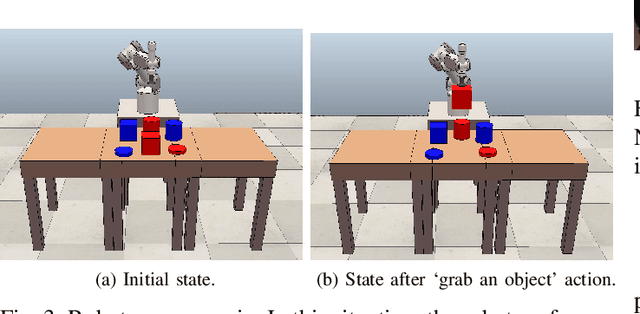
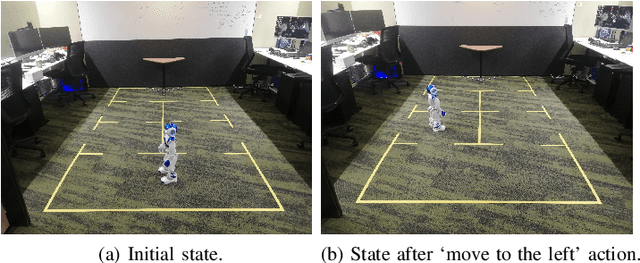
Abstract:Explainable artificial intelligence is a research field that tries to provide more transparency for autonomous intelligent systems. Explainability has been used, particularly in reinforcement learning and robotic scenarios, to better understand the robot decision-making process. Previous work, however, has been widely focused on providing technical explanations that can be better understood by AI practitioners than non-expert end-users. In this work, we make use of human-like explanations built from the probability of success to complete the goal that an autonomous robot shows after performing an action. These explanations are intended to be understood by people who have no or very little experience with artificial intelligence methods. This paper presents a user trial to study whether these explanations that focus on the probability an action has of succeeding in its goal constitute a suitable explanation for non-expert end-users. The results obtained show that non-expert participants rate robot explanations that focus on the probability of success higher and with less variance than technical explanations generated from Q-values, and also favor counterfactual explanations over standalone explanations.
Levels of explainable artificial intelligence for human-aligned conversational explanations
Jul 07, 2021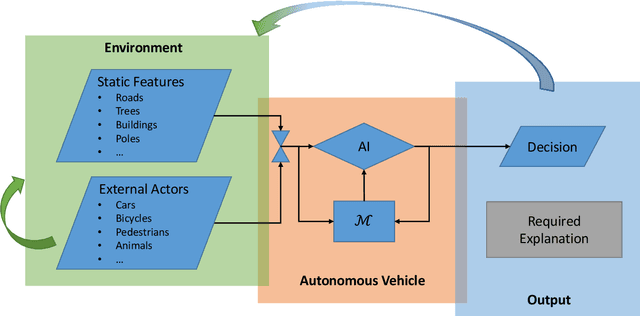
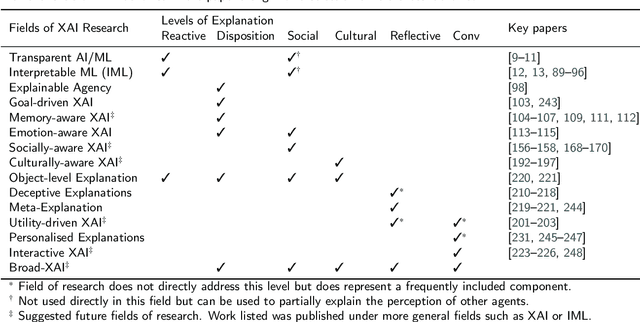
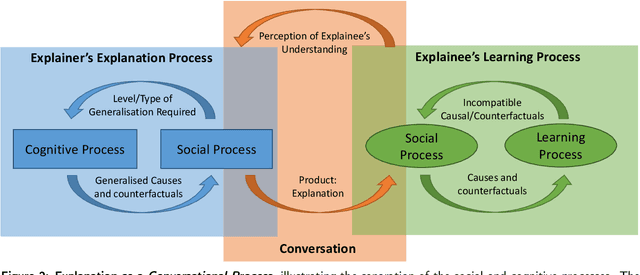
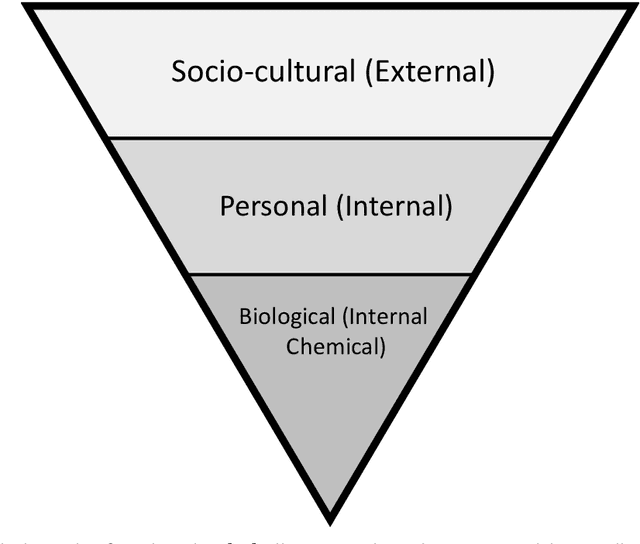
Abstract:Over the last few years there has been rapid research growth into eXplainable Artificial Intelligence (XAI) and the closely aligned Interpretable Machine Learning (IML). Drivers for this growth include recent legislative changes and increased investments by industry and governments, along with increased concern from the general public. People are affected by autonomous decisions every day and the public need to understand the decision-making process to accept the outcomes. However, the vast majority of the applications of XAI/IML are focused on providing low-level `narrow' explanations of how an individual decision was reached based on a particular datum. While important, these explanations rarely provide insights into an agent's: beliefs and motivations; hypotheses of other (human, animal or AI) agents' intentions; interpretation of external cultural expectations; or, processes used to generate its own explanation. Yet all of these factors, we propose, are essential to providing the explanatory depth that people require to accept and trust the AI's decision-making. This paper aims to define levels of explanation and describe how they can be integrated to create a human-aligned conversational explanation system. In so doing, this paper will survey current approaches and discuss the integration of different technologies to achieve these levels with Broad eXplainable Artificial Intelligence (Broad-XAI), and thereby move towards high-level `strong' explanations.
* 35 pages, 13 figures
 Add to Chrome
Add to Chrome Add to Firefox
Add to Firefox Add to Edge
Add to Edge